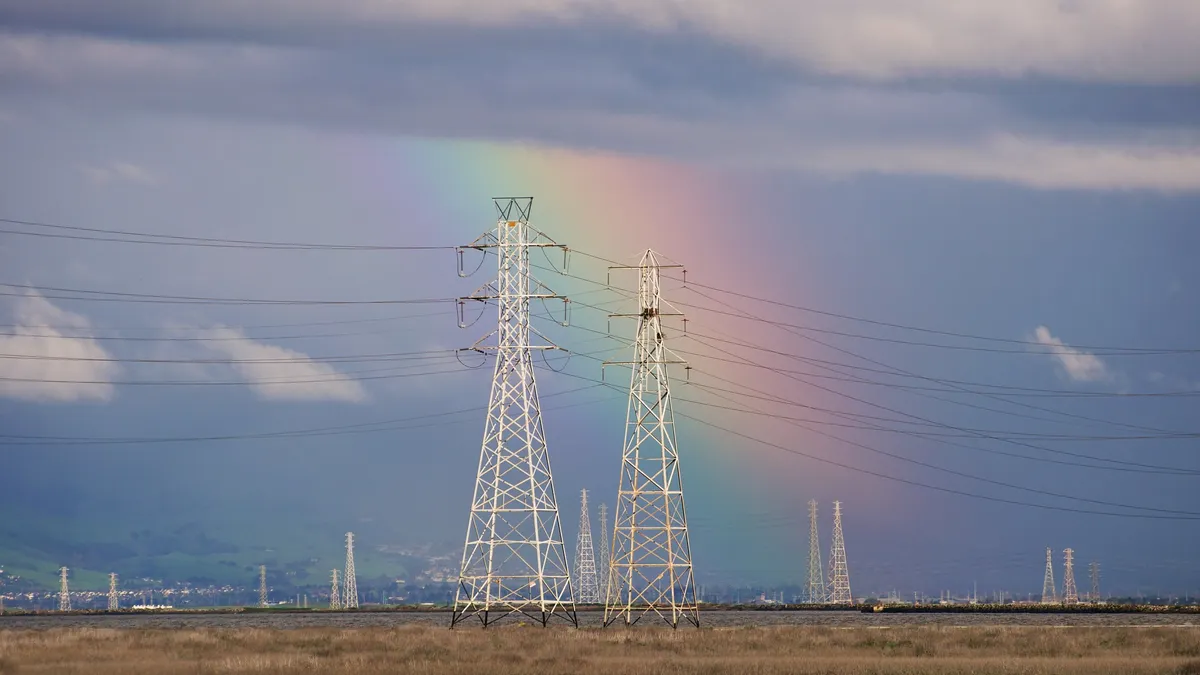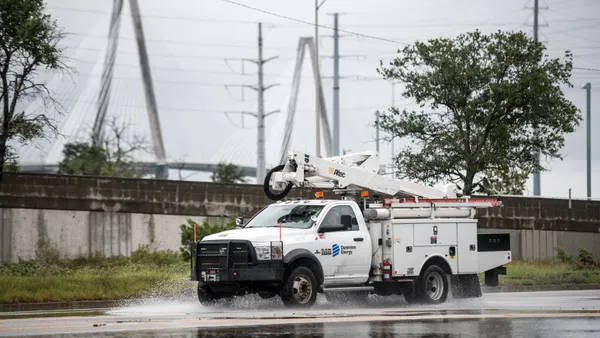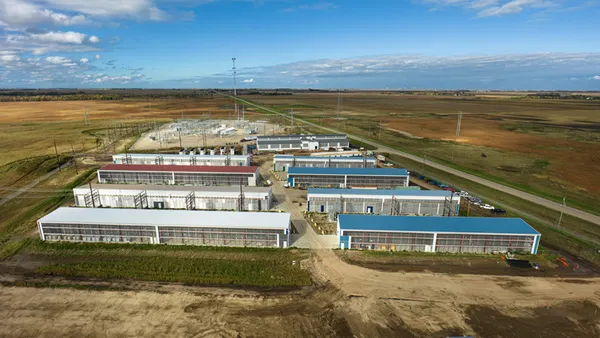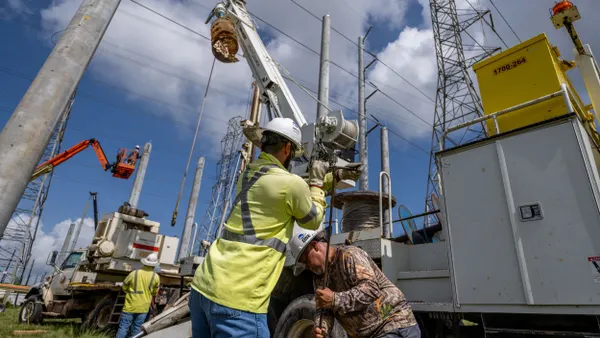Dive Brief:
-
The Federal Energy Regulatory Commission approved transmission rules for the planned Southeast Energy Exchange Market (SEEM), dismissing concerns they violate requirements that utilities provide open access to their transmission systems.
-
The 3-1 decision on Monday brings the SEEM trading platform for 15 utilities across a dozen Southeast states a step closer to its planned mid-2022 start date.
-
Building on FERC Commissioner Allison Clements' dissent, Jeff Dennis, Advanced Energy Economy (AEE) managing director and general counsel, said the decision could have "long-lasting" implications for open access.
Dive Insight:
Last month, the SEEM proposal took effect when FERC deadlocked 2-2 on the plan's major elements, including its membership rules and structure.
On Monday, FERC approved the addition of non-firm energy exchange transmission service (NFEETS) to the open access transmission tariffs of a handful of major major SEEM utilities. Under the service, SEEM participants can buy and sell electricity to each other in 15-minute blocks using available transmission capacity at no cost.
The utilities directly affected by the decision are Duke Energy Carolinas and Duke Energy Progress; Louisville Gas and Electric and Kentucky Utilities; Alabama Power, Georgia Power and Mississippi Power; and Dominion Energy South Carolina.
In the decision, FERC dismissed concerns raised by advocacy groups like AEE, Southern Alliance for Clean Energy and the Natural Resources Defense Council that the transmission rules would violate the commission's open access requirements that go back to 1996. The requirements are designed to ensure that utilities offer the same transmission service to independent power producers and others they provide themselves.
FERC rejected arguments the SEEM framework established a "loose power pool" that would require a single open access transmission tariff (OATT) instead of NFEETS for each utility. A pool-wide OATT allows members of a power pool to be held accountable for unduly discriminatory or anti-competitive conduct, according to opponents of the SEEM.
Also, FERC dismissed arguments that limiting NFEETS to SEEM participants and providing the transmission service via individual participating transmission providers' OATTs erects discriminatory barriers.
Those requirements are needed to ensure SEEM's technical feasibility and help prevent market manipulation, FERC said.
FERC rejected concerns that the SEEM members could limit access by declining to sign agreements allowing new members to join as "speculative."
FERC Commissioner Clements, who opposed the original SEEM plan, blasted the decision's explanation that it was in the interest of market participants to expand access to the trading system.
"This simplistic logic defies the fundamental purpose of utility regulation, which is premised in large part upon the basic proposition that one cannot simply assume that monopoly utilities will act in the best interest of their retail customers," Clements said.
Utility shareholder profits for SEEM members may increase if they block market access to competitors, according to Clements.
Also, the requirement that market participants represent generating sources or users within the SEEM footprint blocks access for external trading partners, Clements said.
"Permitting transmission providers to evade open access requirements via their own market design choices and investment decisions fundamentally undermines open access," Clements said.
AEE's Dennis echoed Clements' concerns.
"The SEEM utilities have created a new platform and the only way to use that new platform is, of course, to become a SEEM member," Dennis said in an interview. "The SEEM agreement sets up this platform, sets up a club that you have to meet a bunch of obligations to join, and then says you can't access this transmission service, unless you can join this club."
The SEEM framework creates a new transmission service that would be offered, potentially, in exclusionary fashions to preferred entities that have signed up for the agreement, according to Dennis.
That framework, developed by incumbent utilities, "raises new issues around open access," Dennis said.
AEE is considering asking FERC to "rehear" its notice indicating the SEEM proposal took effect, Dennis said, noting other stakeholders will likely file rehearing requests. The dealine for the requests is Friday. Rehearing requests are a required step before asking a court to review a commission decision.















